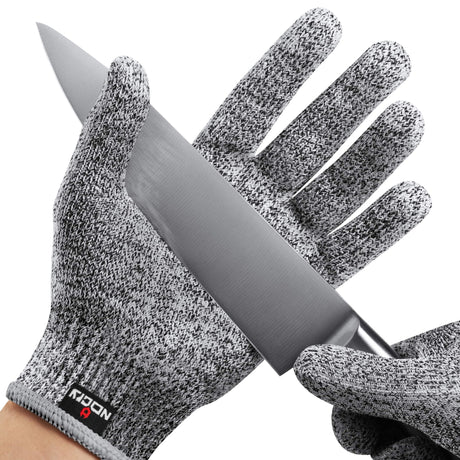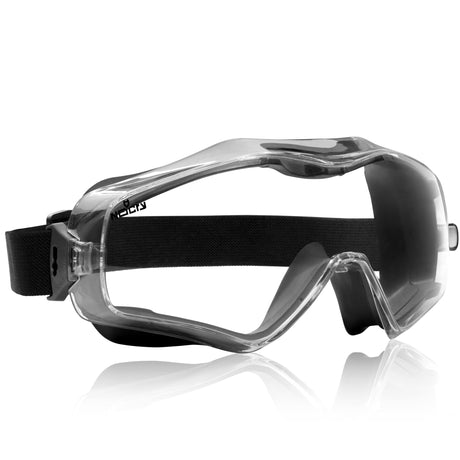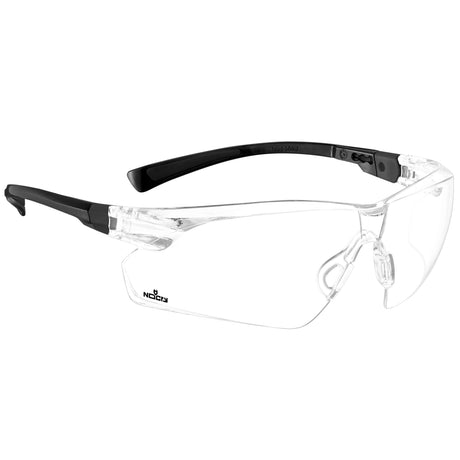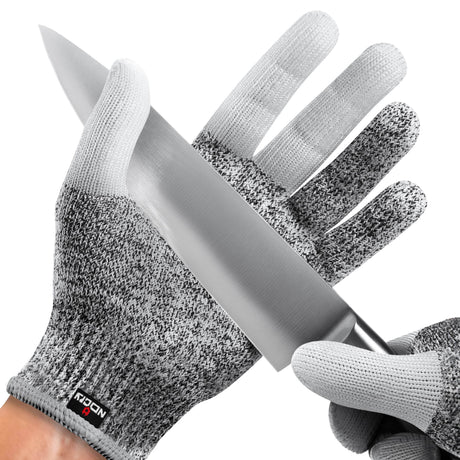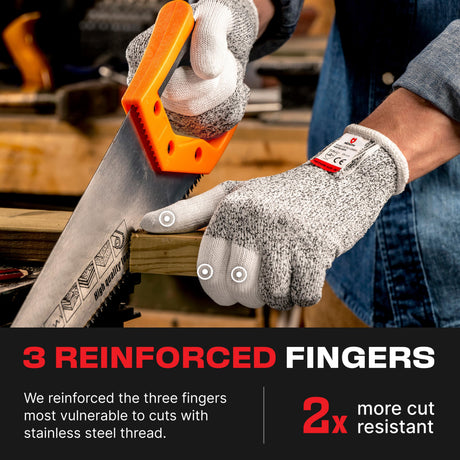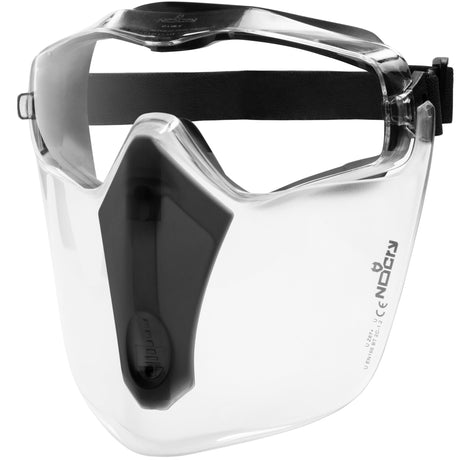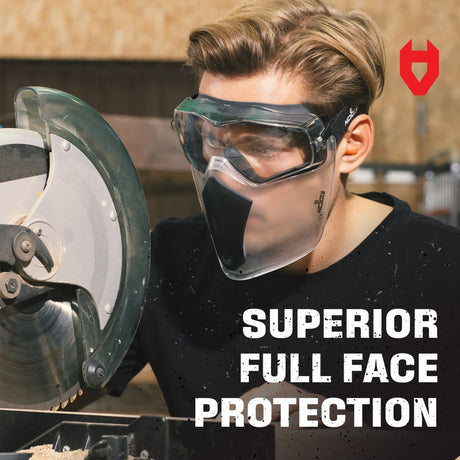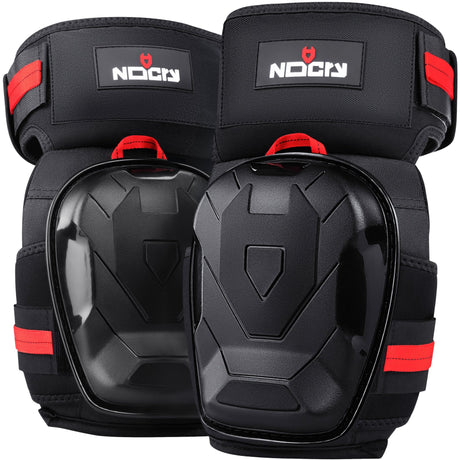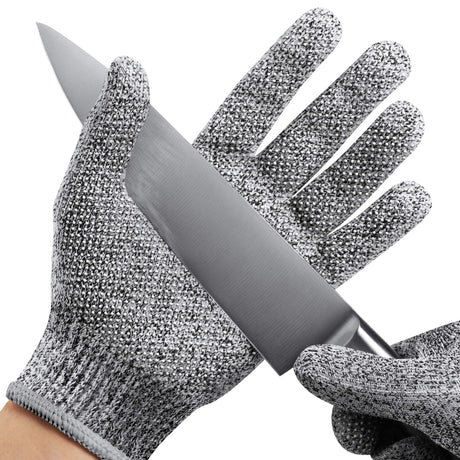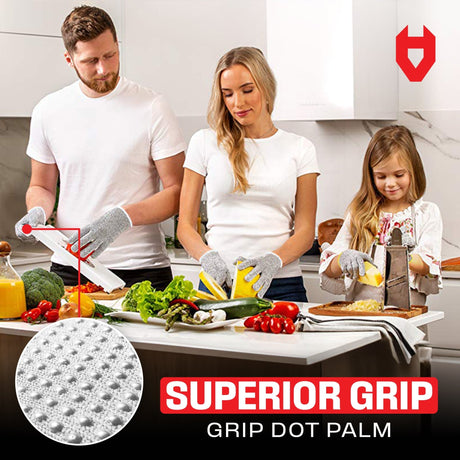Garden weeds are the bane of any gardener’s experience. They take up space and nutrients in the garden bed that could be better utilized by the plants you really want to grow.
Sadly perennial and annual weeds will make appearances in gardens of all kinds, leading the green-thumbed to take measures that can disrupt the flow of their flower patch or vegetable garden area.
It’s not enough to know how to pull weeds and a good gardener should know how to eliminate and prevent weeds from coming back. We’ve put this handy guide together so you can easily identify garden weeds, remove them, and keep them from spreading further.
Weed Seeds and Seedlings
Weeds, for lack of a better word, are concentrations of unwanted plant life that interrupt the healthy growth of the plants you’re really trying to cultivate.
A step towards proper weed control comes in identifying the plants early and dealing with them fast, which is why we’ve collated some information on a few common weed seedlings and how to properly remove them. When you’re done, they’ll still make a healthy addition to your compost pile!
Dandelion:
You can spot this common weed as a seedling from the distinct rosettes of jagged green leaves that it spouts prior to flowering. Removing it properly involves digging out the root entirely before it has a chance to flower and spread its weed seeds.
Bramble:
This is a thorned, stemmy weed that roots deeply into soil. While it can be worth keeping if you’re fond of blackberries, removing bramble involves cutting back when it’s young and digging out all the roots. Make sure to wear gloves to avoid a thorny pain in your hands.
Nettles:
Known for their long stems, deep roots, and wide green leaves that will sting those who touch them, it’s important to eliminate weeds of this kind before they have a chance to properly establish themselves. This is another aspect of weed control that requires good gloves.
Other Weeds:
We could go on for a while talking about all the other weeds in the biological sphere, but as a rule most weeds will look out of place in your soil, so when you see something you didn’t plant, deal with it as soon as possible.
Preventing and Controlling Garden Weeds
Preventing weeds from growing in the garden is the best way to avoid having to remove them, but old and new weeds are persistent and will work hard to find a way back to the surface. You’ll likely never be totally rid of your garden weeds, but by following these steps you should be able to prevent weeds from being a problem.
Don’t Till Your Soil Excessively
Giving your soil a good tilling might seem like a surefire way of keeping weeds at bay, but in reality, it will bring hidden weed seeds to the surface that may remain dormant otherwise and trigger germination. The exposure to sunlight will cause these weeds to grow at a faster rate, so you’re better off removing weeds individually, with a smaller tool, or with your trusty hands.
Mulch Your Garden Bed Regularly – Add Organic Matter
Regular mulch breaks are the friend of soil. Adding some organic mulch, such as pre-shredded bark, wood chips, or shredded leaves to your soil will enrich it with nutrients, while it will also control dormant weed seeds from growing and deprive weeds of the sunlight they need to properly establish themselves.
Pull Weeds After Rain
Weed growth occurs in the sunshine, so why shouldn’t we pull them after the rain? Pulling weeds individually is the most reliable way to eliminate weeds, but after hot weather with harder soil it can be a real struggle and strain on the back and joints. Go and pull all the weeds you can find after some rainfall for an easier experience.
Only Use Weed Killer as a Last Resort
Weed killers are a great way to comprehensively kill weeds, but they can also do damage to your desired garden plants. Be careful when using them and always follow the instructions. Pre-emergent herbicides are a great way to kill weed seeds after pulling has taken place, while the post-emergent variety is best for dealing with younger seedlings.
Weeds In a Vegetable Garden
When it comes to growing vegetables, the last thing you want is to lose your hard-earned crops to the compost pile because of some pesky weeds. While pulling weeds will always be the most effective way to deal with them, there are some other things to keep in mind when dealing with weeds in vegetable garden beds.
Cautious Use of Weed Killer
It’s vital to be cautious if using a herbicide for weed control around vegetables, as the wrong one could do more than just kill weeds and can decimate your hard work.
Weed Barriers
Setting up a weed barrier between vegetables is also a decent method for keeping weeds away from our veggies. This weed barrier can be made of plastic, landscape fabric, or even mulch, but it will deprive weeds of the sunlight they need to establish around your veggies.
Weeds compete for the same things desired plants need, so with fewer weeds you can be confident that your vegetables will grow stronger.
Eliminate Weeds Safely

Dealing with weeds in the garden might be a bit of a chore, but the results are very satisfying. Before you start making changes to the soil structure of garden beds or pulling haphazardly, make sure you’re well equipped.
Many weeds are spiky or will sting you on touch, and with a good pair of Work Gloves from NoCry, you can keep your most valuable tools as safe as possible. Similarly, you need to protect your joints, which is why we recommend browsing our range of Kneepads and Protectors, perfect for long periods of kneeling and crouching.




